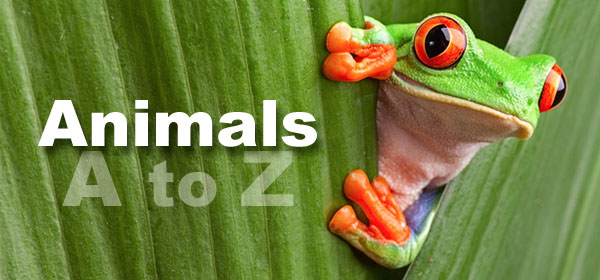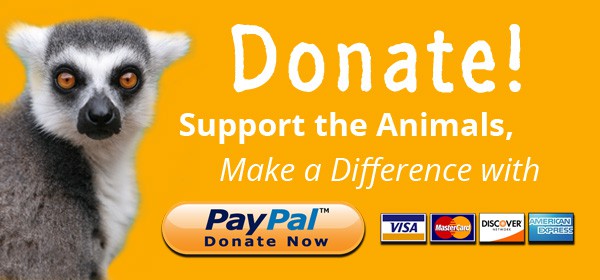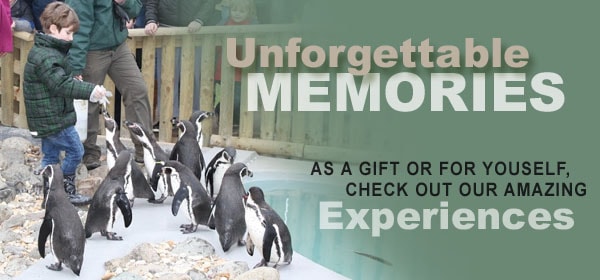Hello everybody, it’s me, Ava! I’m back with more exciting stories and fun facts to share!
How’d you like my painting of a capybara? Terrible right! Don’t worry, I’ll stick to journalism from now on!
This is my third visit as a young reporter for Wingham Wildlife Park, and in this article I’m going to talk about some of the biggest threats animals face, some of the rescued animals at Wingham Wildlife Park, and how the park has given them a second chance at life.
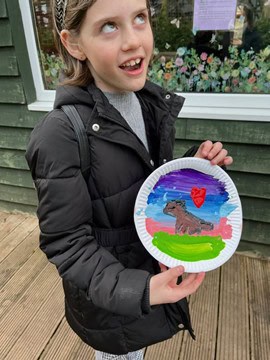
So let’s get serious and talk about some of the victims of human exploitation…
MACAQUES – These poor monkeys are taken from the wild and sold as pets in Europe and kept alone in tiny cages. They are often traded or given up, never getting the chance for a happy life.

Sadly, returning them to the wild isn’t always safe – many are traumatised by their experiences and don’t know how to behave like wild monkeys anymore. In nature, they live in small, close-knit groups, but in captivity, they are left isolated, stressed and unhappy.
Some of the biggest dangers macaques face includes:
- Deforestation destroying their homes
- Bushfires putting their lives at risk
- Illegal smugglers capturing and selling them
- Farmland expansion pushing them out of their natural habitats
Luckily, Wingham Wildlife Park is one of the places that gives these monkeys a safe and happy environment where they can play on the rope swings and enjoy being the cute and cheeky monkeys they are. That reminds me, here’s my sister Bea, in case you think I’d left her out of this edition!

Endangered Animals in the Reptile House
CHINESE SOFTSHELL TURTLE – One of the biggest threats to these turtles? The dinner table! They are the main ingredient in turtle soup.

RETICULATED PYTHONS – These incredible snakes are hunted for their beautiful skin and are also used in traditional medicine. Some people wrongly believe their venom has healing powers.

LEMUR LEAF FROGS – These tiny, bright green frogs are now endangered because of a disease outbreak called chytridiomycosis, which is wiping out frog populations worldwide. Wow, what a mouthful! Try saying that five times fast! This nasty disease is no joke for frogs though, it spreads quickly and makes their skin stop working properly. Imagine if your skin stopped working… you’d be in ribbiting trouble!
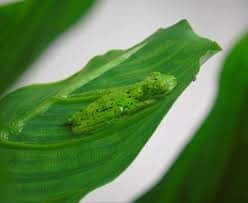
WHITE’S TREE FROGS – White’s tree frogs also face the threat of the deadly chytrid fungus, but luckily, their skin produces antiseptic properties that offer some protection – like their own built-in hand sanitiser!

Animals of the Nocturnal House
ASIAN PALM CIVETS – These cute creatures are often caught for the pet trade, but that’s not the strangest thing that happens to them… They are force-fed coffee beans, which they digest, and then – wait for it – people collect their poop to make Civet Coffee! (I think I’ll stick to hot chocolate, thanks!)

TAWNY FROGMOUTHS – Even though they are widespread, they often fall victim to road accidents and pesticides. Their camouflage is amazing, so sometimes they aren’t seen in time.

CLOUDED LEOPARDS – These stunning wild cats are in danger because of deforestation, bushfires, and hunters who target them for their fur, meat and even their bile, which is used in traditional medicine.
A Fun Experience at the Tropical House
Now, let’s take a quick break from sad stories because I have something exciting to share!
You HAVE to go to the Tropical House! My family and I had never done it before this visit, and I can say – it’s amazing!
The birds here are the kind you’d find in Australia, and their habitat is so exotic.
But the best part? The lorikeets!
For £2, you can buy a small pot of nectar, and these colourful, cheeky birds will land on your hand to drink it.
But even if you don’t have nectar, they might still land on you, your bag, your head, your arms! (One even sat on my dad’s shoulder and refused to leave!).
I 100% recommend it, and I would definitely do it again!
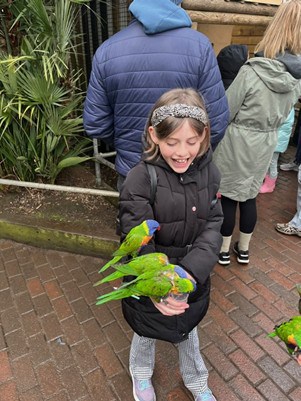
Now back to some more stories about wild animals at risk – this time, LIONS – The Circus Survivors.

Clarence and Brutus were rescued from a French circus in 2011. Since birth, they only knew:
- Each other
- A tiny 7m² cage
- Loud, scary crowds
- Cruel treatment from their “trainer”
Wild animals like bears, lions, tigers, and elephants have been used in circuses for hundreds of years.
These majestic animals belong in the wild, not in a circus ring. Thankfully, many countries have banned animal circuses, but some still allow it.
Instead of supporting circuses with animals, let’s choose wildlife parks and sanctuaries that protect and care for them properly.
Little Himalaya
MOON BEARS – Wingham is home to two Moon Bears, Mika and Aroon, also called Himalayan Black Bears.
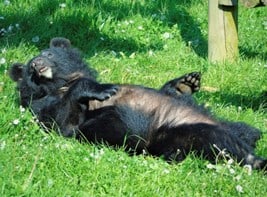
One rescued bear (not at Wingham) had been trapped in a cage for so long that when it was finally freed, it could only walk in tiny circles—like it was still stuck inside.
Here’s Bea testing out a cage for size – she lasted just a few minutes before looking totally fed up. And she’s way smaller than a bear! Imagine being stuck in there for years!
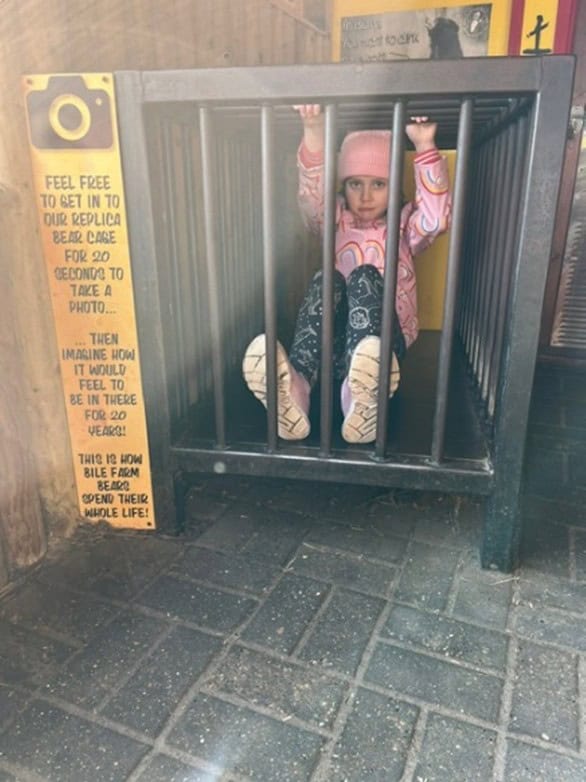
Bear bile is a liquid that comes from a bear’s stomach and is sometimes used in traditional medicine in South-East Asia. However, to get this bile, bears are often kept in tiny cages and treated very badly, which is really cruel and unfair.

Never ever go to a country and buy and anything made of animal body parts, because it is illegal, and also means an animal has been exploited, harmed or killed.
Moon Bear Day is celebrated on August 8th each year. It’s a day to raise awareness and support for this endangered species and the challenges they face.
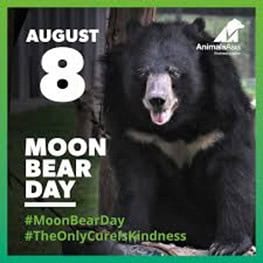
That’s it for this time, I hope you enjoyed my article and learned something new about these beautiful and amazing animals!
Let’s all do our part to help protect wildlife and give them a second chance – just like Wingham Wildlife Park does.
Thanks for reading! I’ll write to you all again in a few months.

Until then – stay wild and keep exploring!
Love Ava xxx
P.S. How cool are these coins we pressed at the giraffe hideout!

